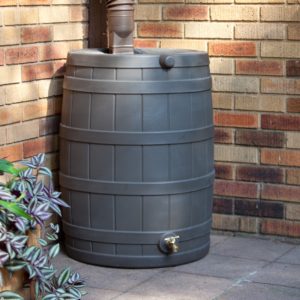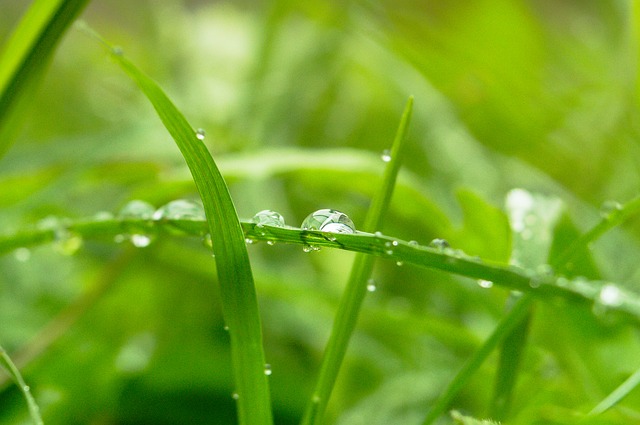Although we all know that a well-kept lawn requires regular watering, it is important to get the right balance. Too much water can actually lead to problems such as root rot and diseased plants. If your lawn retains water, leaving pools behind every time it rains, it could be waterlogged. Here are some different ways in which you can solve this problem.
Install a Drainage System
This is, of course, the most expensive option, so you want to be sure that you do in fact have a drainage problem before you go ahead. It could just be that heavy rainfall means the water takes longer to drain away, so a simple test can determine whether your lawn is actually waterlogged. Dig a hole two feet deep and fill it with water. If that water has not drained within four hours, it does require drainage. To install a drainage system, you will need to start work in late summer or early winter when the soil is dry. The procedure then involves digging a ditch to redirect the stagnant water. There are different types of ditch, such as French and Herringbone, so it would be wise to do some research before you get started or to perhaps enlist the help of a professional.
Lawn Re-grading
If you have noticed that you have water problems in your basement, it could actually be that the lawn is on a slope, causing the water to drain towards your house. Re-grading your lawn can correct this problem whilst creating a more useable lawn at the same time. Lawn grading and leveling is a great way to fix puddling, but it may require a completely new grass reseed or sod.
Invest in a Rain Barrel
 Although the guttering around your house does a great job of keeping the rain from accumulating on the roof, you may not have considered drainage for your sheds and/or outbuildings. If you install guttering around your shed and redirect it to a rain barrel, you are providing yourself with two advantages; one, you are redirecting rain that would otherwise clog your lawn, and two, you will have an extra water supply during the drier seasons.
Although the guttering around your house does a great job of keeping the rain from accumulating on the roof, you may not have considered drainage for your sheds and/or outbuildings. If you install guttering around your shed and redirect it to a rain barrel, you are providing yourself with two advantages; one, you are redirecting rain that would otherwise clog your lawn, and two, you will have an extra water supply during the drier seasons.
Choose the Right Plants
Believe it or not, but the plants growing in your garden can have an impact on the way your lawn drains itself. Plants like those from the hydrangea species can actually help to regulate wet soil whereas fuchsias and geraniums are better suited to white clay soil gardens. Rodgersia pinnata is another must-have plant for a garden with poor drainage, and most forms of Iris sibirica thrive in moisture. Investing in the right plants is also a good idea if all your best efforts to remedy a waterlogged lawn have failed. Opting for a bog garden aesthetic may be the only way to go.
Dealing with a waterlogged garden need not be a life-long problem. Some of these methods could be the perfect solution for your lawn.
Contributed by: Bret Szotak, foremost expert in landscaping and irrigation.

